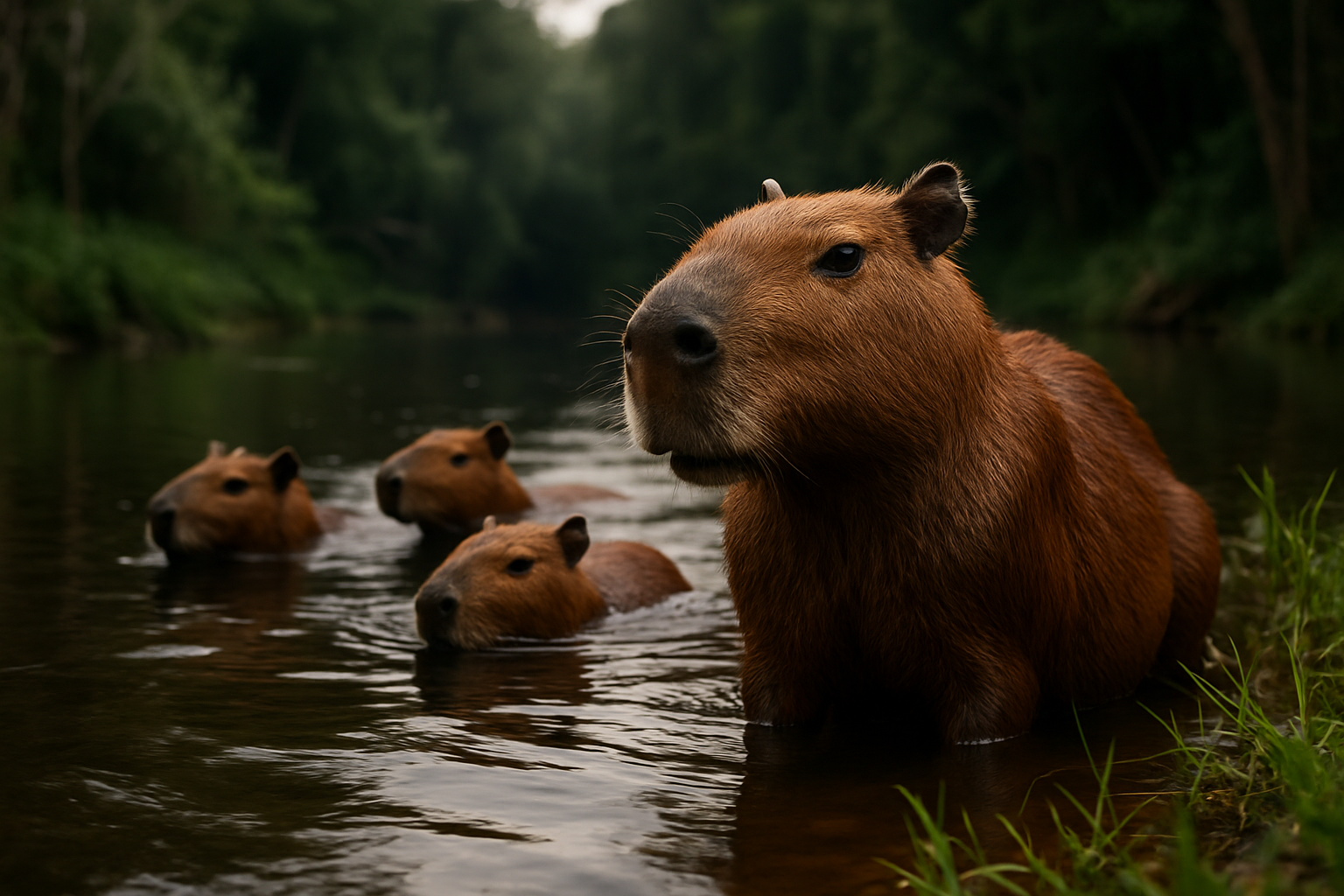Unraveling the Mysteries of the Capybara: The World's Largest Rodent
In the world of pets and animals, there is always something new and exciting to learn. Today, we delve into the fascinating life of the capybara, the world's largest rodent. Despite its size, this intriguing creature is not as commonly known as it should be. From its habitat to its unique behaviors, let’s explore the captivating world of the capybara.

A Closer Look at the Capybara
Native to South America, capybaras are semi-aquatic mammals that can grow up to 134 cm in length and weigh up to 66 kg. They are social creatures, usually found in groups, and are known for their calm demeanor. While they are wild animals, capybaras have been successfully domesticated in some parts of the world.
The Capybara’s Unique Features
One of the most striking features of the capybara is its affinity for water. They are excellent swimmers and can stay submerged for up to five minutes to hide from predators. Furthermore, their bodies are perfectly adapted for swimming, with webbed feet and nostrils, eyes, and ears positioned high on their heads to stay above water when submerging.
The Growing Popularity of Capybaras as Pets
In recent years, capybaras have gained popularity as exotic pets, especially in Japan and the United States. They are known for their generally gentle and friendly nature. However, it’s important to note that keeping a capybara as a pet is not a decision to be taken lightly. They require a lot of care, a spacious environment, and preferably a body of water in which they can swim. The costs of maintaining a capybara can range from $500 to $1,500 per year, not including the initial purchase price, which can range from $1,000 to $3,000.
The Capybara’s Role in the Ecosystem
Capybaras play an important role in their natural habitats. Their grazing habits help maintain the grasslands, and they serve as a vital food source for many predators. Moreover, their feces provide an essential nutrient source for many invertebrates and insects, contributing to overall biodiversity.
The Current State of the Capybara
While capybaras are not currently endangered, they face threats from habitat loss and hunting. In some areas, they are hunted for their meat and hides. Additionally, the growing trend of capybaras as pets could potentially lead to illegal trafficking. It’s essential to promote responsible pet ownership and conservation measures to ensure the continued survival of these unique creatures.
In conclusion, the capybara is an amazing creature with a lot to offer. Despite being the world’s largest rodent, it remains relatively unknown and misunderstood. As we continue to learn more about these fascinating animals, we can appreciate their uniqueness and strive to protect them for future generations.





